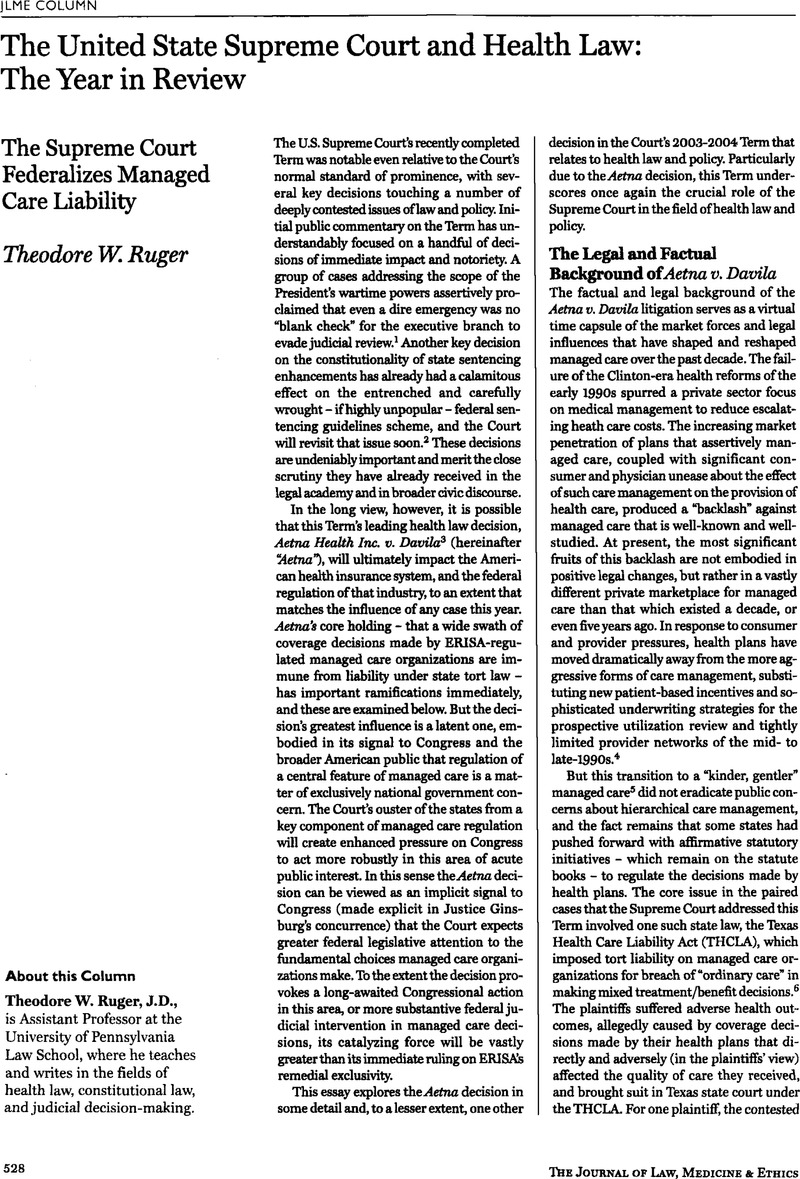See
Blakely v. Washington, 124 S.Ct. 2531 (
2004).
Blakely held that the U.S. Constitution requires a jury determination of certain types of sentencing enhancements, a decision that had caused several lower federal courts to conclude that aspects of the U.S. Sentencing Guidelines are unconstitutional, a development with potentially cataclysmic impact on federal law enforcement. The Supreme Court recently agreed to hear two of these lower court decisions this fall. See United States v. Booker, 2004 WL 1713654 (Aug. 2, 2004) (grant of certiorari); United States v. Fanfan, 2004 WL 1713655 (Aug. 2, 2004) (same).
Google Scholar